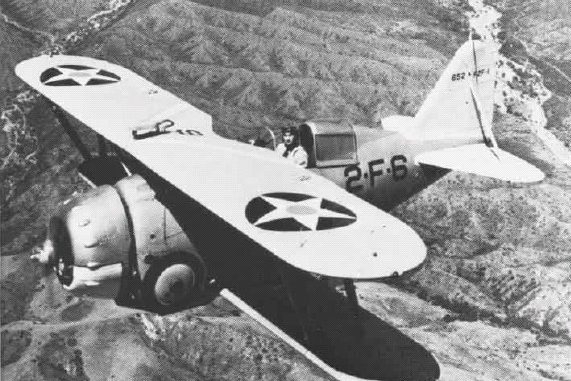
On October 18, 1933, the Grumman F2F’s story began with its first ever takeoff. The Grumman FF-1, a previous model and a two-seat biplane fighter had garnered praise for its performance and gave inspiration for F2F. Impressed by the FF-1, the Navy sought a single-seat version that could offer even better performance. Grumman responded to this opportunity with the G-8, later designated as the SF2F-1. This new design represented a fresh start that focused on making a more compact, nimble, and powerful fighter suitable for both carrier-based operations and land-based missions. The Grumman F2F was a single-engine, biplane fighter that featured a retractable landing gear, a significant advancement for its time. The aircraft served as the U.S. Navy’s standard fighter from 1936 to 1940, a period which marked an important evolution in naval aviation. During this period, the F2F played a crucial role in bridging the gap between the early biplane era and more advanced aircraft. The F2F was intended to replace older models such as the Boeing F4B, bringing with it increased speed, maneuverability, and durability. Although it had a relatively short front-line service life, it left a lasting impression on naval aviation, especially in preparing the U.S. Navy for more advanced aircraft that would follow.
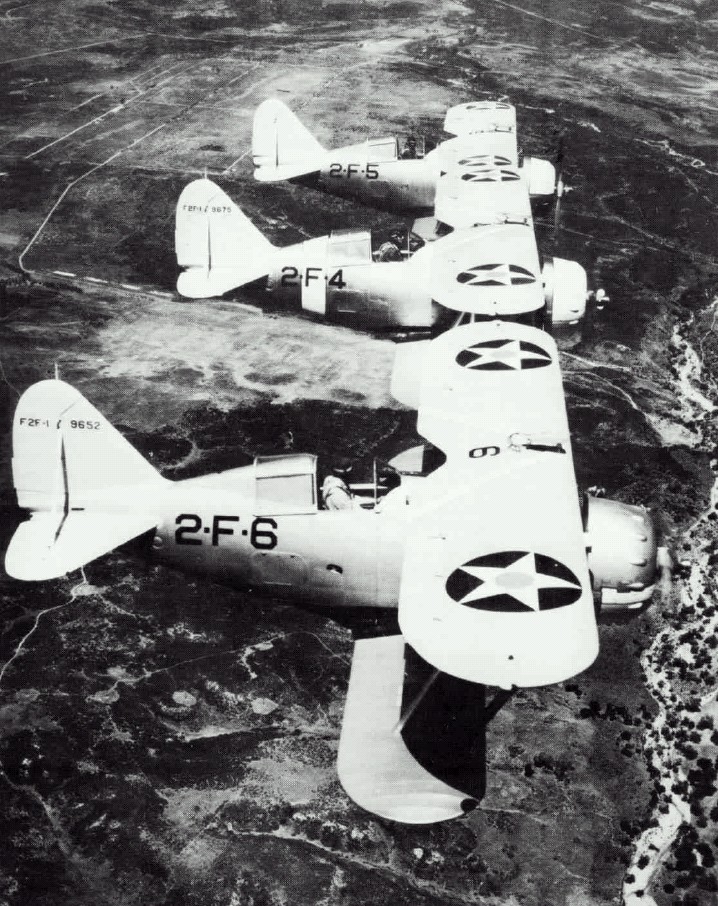
The Grumman Show
As Leroy Grumman took the opportunity to work on a better design from previous Grumman aircraft models, the Grumman Aircraft Engineering Corporation began the development and production of the F2F. The engineers involved in the project focused on making an aircraft that was robust yet agile. This designing technique perfectly suited the demanding carrier operations of the U.S. Navy. Additionally, one of the key design innovations was the inclusion of a radial engine and a stronger fuselage. Both of these features helped improve the aircraft’s resilience during tough carrier landings. The F2F was smaller and more compact than its predecessors, featuring a shorter wingspan and a reduced fuselage length. It was also lighter, weighing less than 9o precent of the FF-1, which contributed to its enhanced maneuverability. It was equipped with a 650-horsepower Pratt & Whitney R-1535-72 Twin Wasp Junior radial engine, which provided the necessary power for both high-speed dogfights and complex dive-bombing missions. The F2F came armed with two 0.30-inch machine guns mounted above the cowl, offering adequate firepower for aerial combat. Another significant modification from the FF-1 design was the removal of the rearward-firing Browning gun, reflecting the F2F’s new role as a dedicated single-seat fighter. It also featured watertight compartments to enhance survivability during water landings, a crucial feature for a naval aircraft.
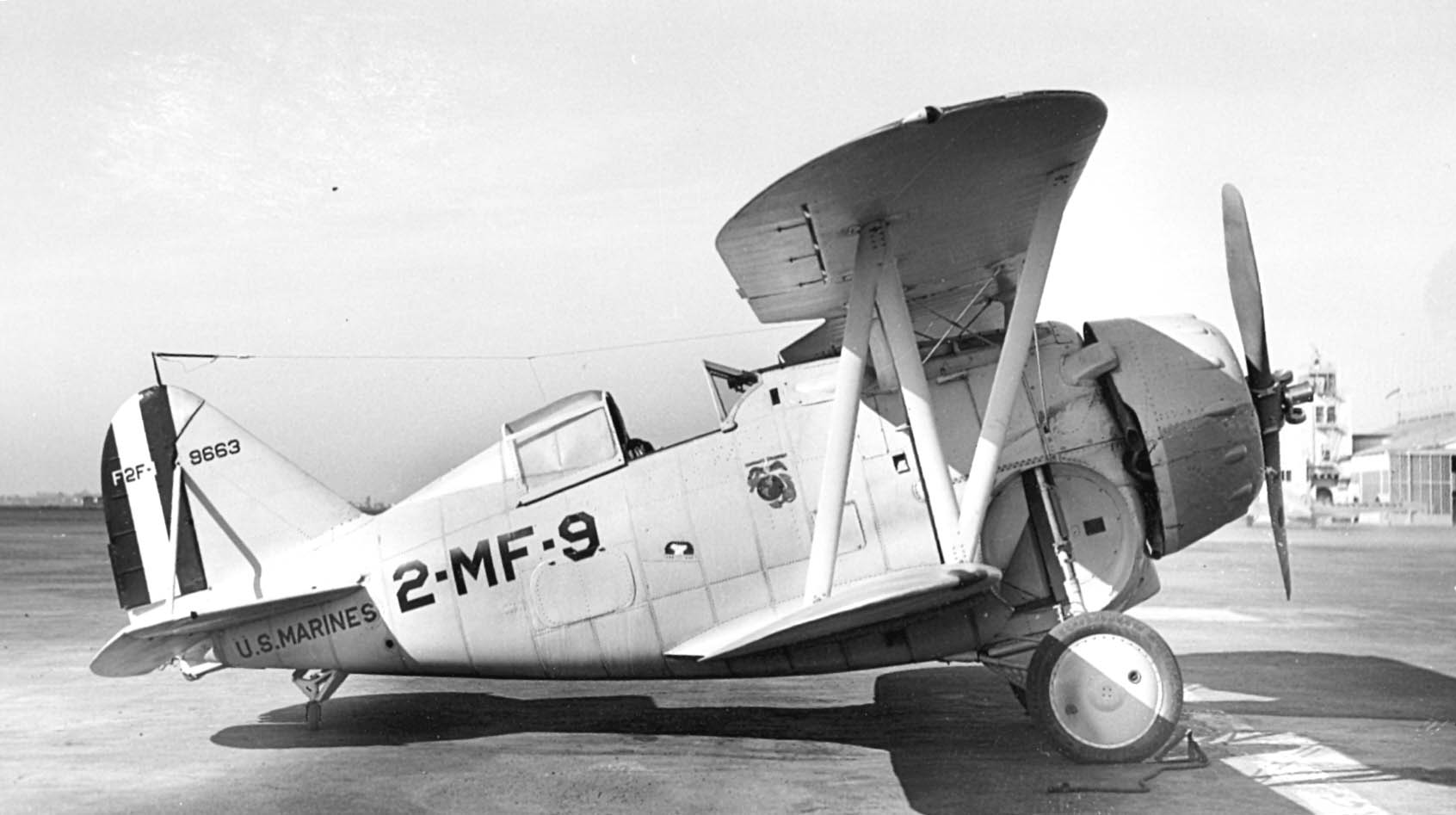
First Flight and Production
Once Grumman was satisfied with the final outcome, the prototype took its first flight on October 18, 1933 near Grumman’s facilities, likely in Bethpage, New York, with local flights to evaluate its performance. The flight demonstrated superior performance compared to the FF-1, achieving a top speed of 229 mph at an altitude of 8,400 feet, which was 22 mph faster than its predecessor. Its compact design and radial engine allowed it to perform better in combat situations that required quick maneuvers and high agility. Moreover, the retractable landing gear, including a retractable tailwheel, added to the improved the F2F’s aerodynamics, giving it a performance edge over earlier designs. In 1934, following successful prototype tests, the Navy placed an order for 54 production units of the F2F-1. These aircraft were delivered and began entering operational service by 1936. As the development of the F2F was driven by the U.S. Navy’s need for a more modern fighter, one that could handle both dogfighting and dive-bombing, the production was proof of the mission’s success. The F2F-1 was versatile enough for multiple combat roles.
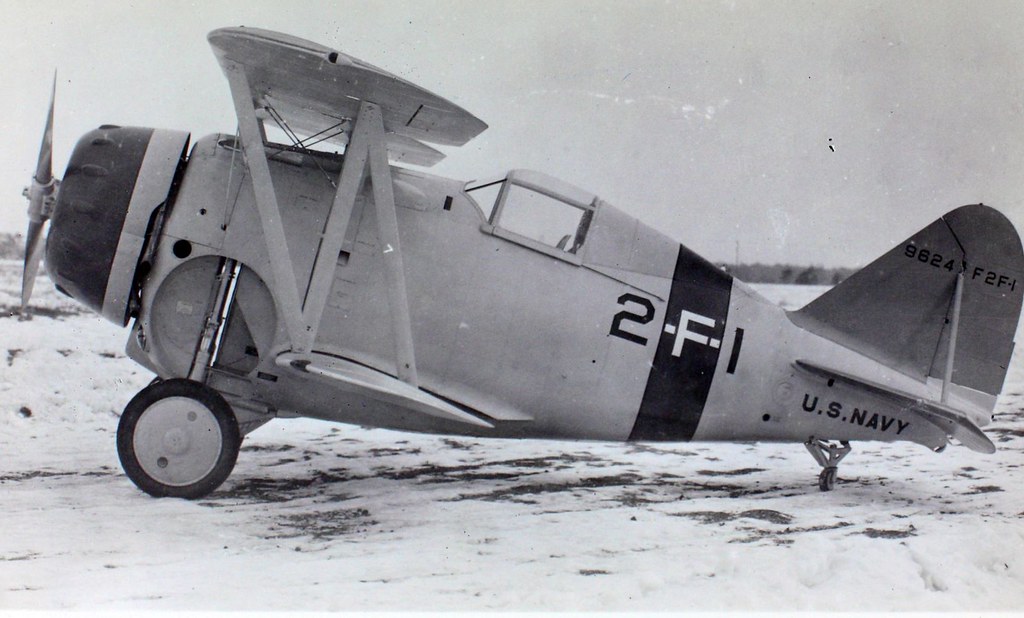
Short n’ Sweet Operations
The F2F-1 began its service in the U.S. Navy on January 19, 1935, with front-line squadrons like VF-2B aboard the USS Lexington and VF-3B aboard the USS Ranger. It was one of the earliest fighters designed to be deployed on aircraft carriers, marking a significant milestone in naval aviation history. However, its operational service was relatively short. By 1939, the F2F-1 was gradually replaced by the more advanced Grumman F3F-3. Although it was no longer a front-line fighter, the F2F-1 continued to serve in training and utility roles until 1942. It remained in service as an advanced trainer until World War II, helping to train a new generation of navy pilots.
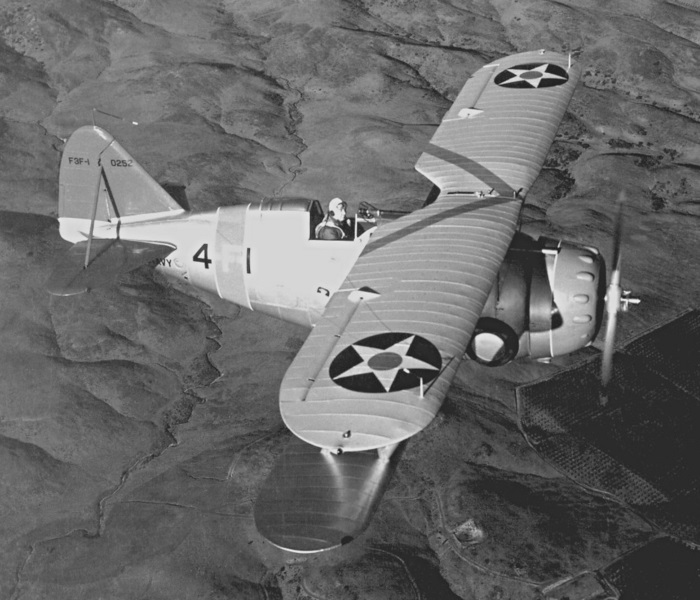
End of Service
By early 1943, the last F2F-1 aircraft were officially retired and unfortunately were never seen on the Navy’s aircraft roster again. As the technology progressed, the F2F had been surpassed by more advanced fighters like the F4F Wildcat, and its role as a combat aircraft had come to an end. The F2F-1’s retirement marked the conclusion of an important era in naval aviation as the U.S. Navy transitioned to faster, more powerful aircraft that would dominate the skies during World War II. Though none of the Grumman F2F airframes have survived to the present day, its legacy lives on through the aircraft that followed. The F2F was an important transitional model in naval aviation, setting the stage for Grumman’s later successes with the F3F and F4F Wildcat. These aircraft, particularly the Wildcat, would go on to play crucial roles in the U.S. Navy’s operations during World War II. The Grumman F2F was not only a milestone in the development of naval fighters but also a testament to Grumman’s design prowess, cementing the company’s reputation as a producer of rugged, reliable aircraft. While its service life was short, its impact on U.S. naval aviation was profound, helping to shape the future of carrier-based warfare.
Today in Aviation History is a series highlighting the achievements, innovations, and milestones that have shaped the skies. All the previous anniversaries are available HERE
Related Articles
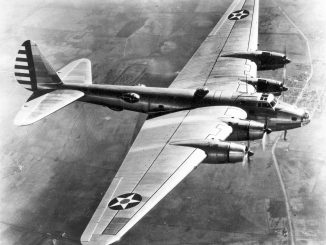
Today in Aviation History: First flight of the Boeing XB-15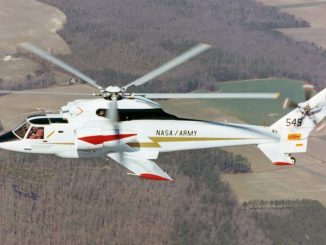
Today in History: First flight of the Sikorsky S-72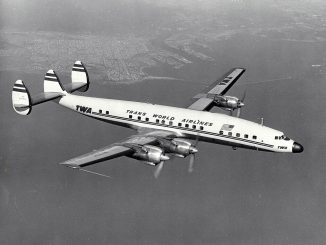
Today in Aviation History: First flight of the Lockheed L-1649…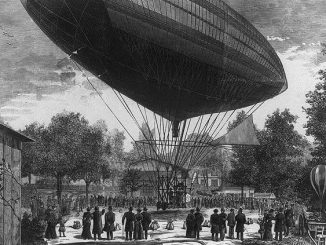
Today in Aviation History: First Electric Airship Flight by Tissandier…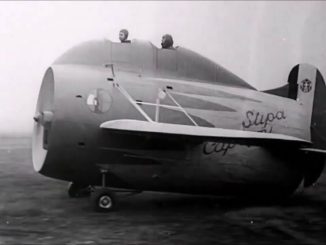
Today in Aviation History: First Flight of the Stipa-Caproni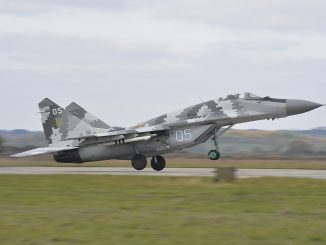
Today in Aviation History: The First Prototype of the Mikoyan…
"Haritima Maurya, pen name, ""Another Stardust,"" has been passionate about writing since her school days and later began sharing her work online in 2019. She was drawn to writing because of her love for reading, being starstruck by the art of expression and how someone can make you see and feel things exclusive to their experience. She wanted to be able to do that herself and share her mind with world cause she believes while we co exist in this beautiful world least we can do is share our little worlds within.
As a commercial pilot, Haritima balances her passion for aviation with her love for storytelling. She believes that, much like flying, writing offers a perspective beyond the ordinary, offering a bridge between individual experiences and collective understanding.
Through her work, ""Another Stardust"" aims to capture the nuances of life, giving voice to moments that resonate universally. "

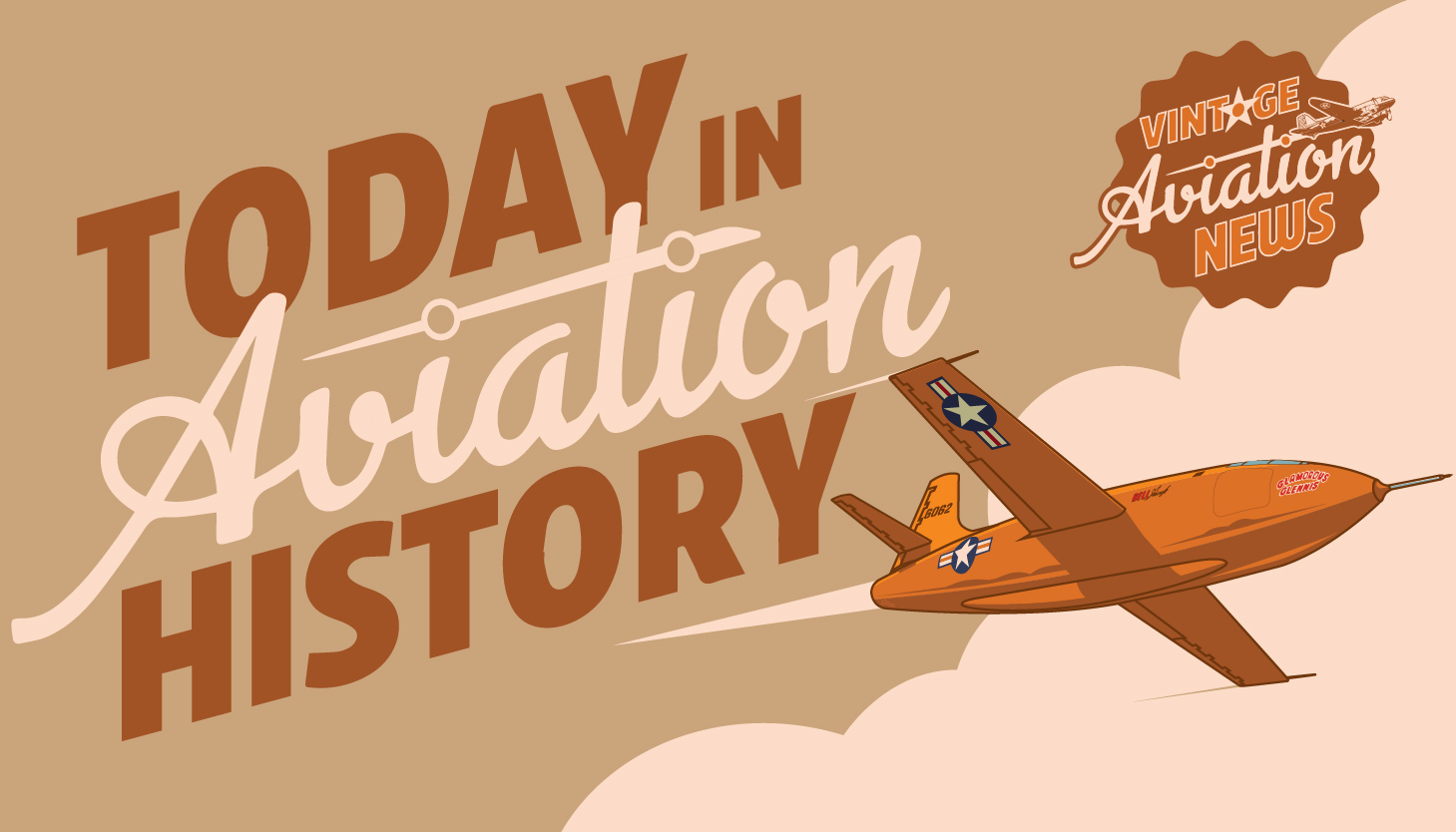


Be the first to comment
Graphic Design, Branding and Aviation Art